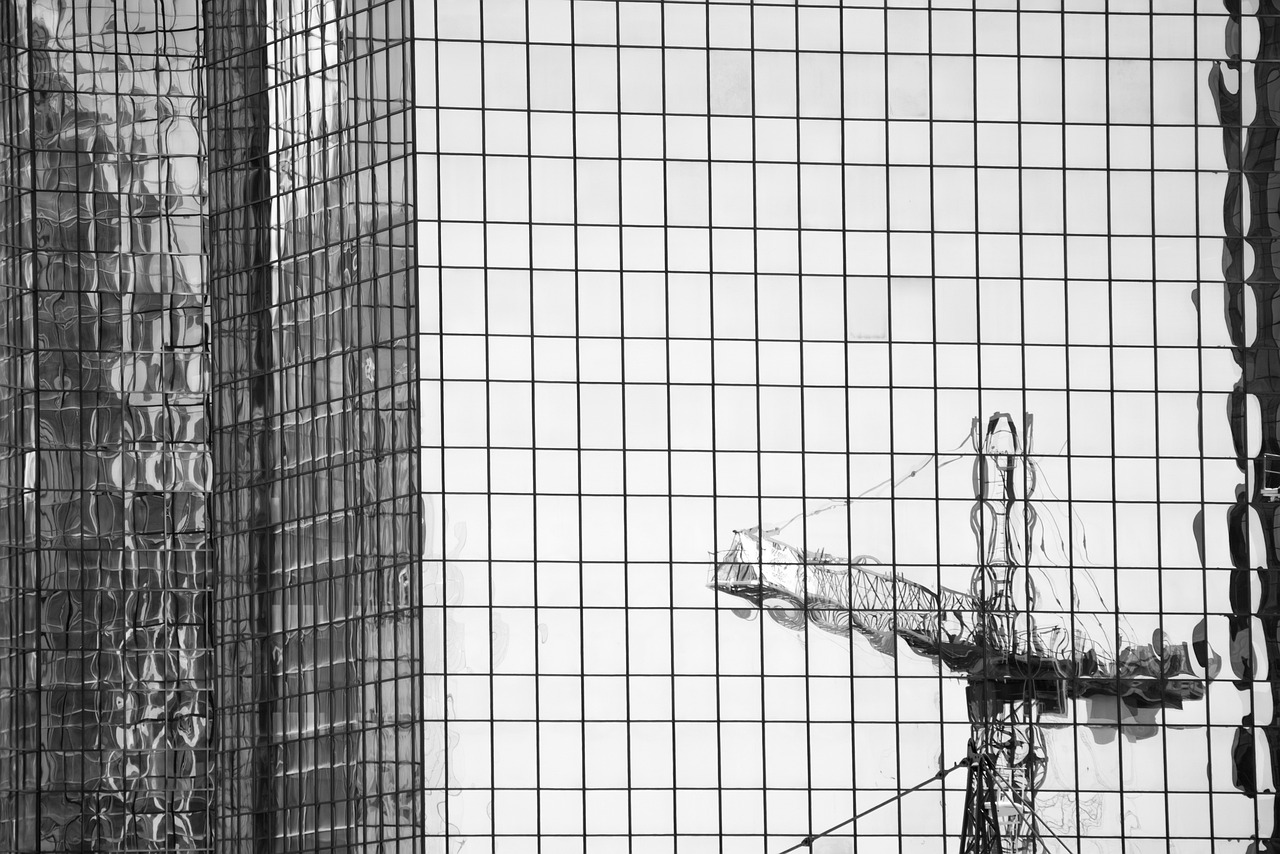In real estate industry, it often happens that the subject of the transaction is an unfinished development investment. In this context, it is important from the perspective of VAT to determine the status of a given investment, i.e. to indicate whether we are dealing with the land itself or with real estate in the form of land developed by the building.
When examining the question of taxation of the supply of land on which an unfinished building or structure is located, it must first be determined whether we can already define a building at a given moment. The key to this issue is to indicate at what stage of advancement the investment is.
As indicated in the industry literature, during construction, we can distinguish two important stages of work advancement, i.e. open shell and closed shell.
The opened shell, as a rule, includes completed external and internal walls, stairs, ceilings, roof truss and roofing. In turn, the closed shell means that the building already has a load-bearing structure, external walls, roof, as well as all windows and entrance doors. In other words – it is almost ready from the outside, but not from the inside.
To determine whether we are dealing with a building, one should refer to the Polish Construction Law, because in the Polish VAT Act we will not find a definition of this concept. According to Article 3 point 2 of the Polish Construction Law: “a building is a construction object, permanently connected with the ground, separated from the space by means of building partitions and has foundations and a roof.” According to the PWN Dictionary of the Polish Language, a building is: “a building limited by walls and a roof.” Buildings, on the other hand, are considered to be “that which has been built”.
In the judgment of the District Administrative Court in Poznan of 27 June 2023 (file reference number I SA/Po 22/23), it was indicated that a given object may be considered a building when: “it will already has a minimum in the form of a foundation, walls and roof.” Similarly, the Supreme Administrative Court expressed its opinion in its judgment of 9 November 2022 (file reference number I FSK 681/19), where it recalled that given objects cannot be considered buildings when they have neither walls nor roofs.
Thus, we can talk about the ground built up with a building when the objects standing on it are permanently connected with it, constitute an area separated from the space by means of building partitions and have foundations and a roof. Therefore, the sale of an unfinished development investment on which the building stands in the open or closed shell, or even a given structure already has foundations and a roof, should in principle be classified as a supply of a building.
At the same time, according to Article 29a sec. 8 of the Polish VAT Act: “in the case of the supply of buildings or structures permanently connected with the land or parts of such buildings or structures, the value of the land shall not be separated from the taxable base.”
In the light of that provision, when a building or structure is sold, which is sold together with the supply of the land on which they are situated, the land divides the legal existence of buildings, structures or parts thereof with regard to value added tax. Therefore, the VAT treatment for the transaction in question must be determined cumulatively.
In turn, under Article 43 sec. 1 point 10 of the Polish VAT Act: ‘the supply of buildings, structures or parts thereof shall be exempt from tax, except:
- the supply is made within or before the first occupation,
- a period of less than 2 years elapsed between the first occupation and the delivery of the building, structures or parts thereof.”
The above means that the supply of m.in buildings is exempt from VAT, except when we are dealing with the first occupation or between it and the supply of this building a period of less than 2 years has elapsed. For simplicity, we assume here the full right of the investor to deduct input tax.
The above provisions determine that in a situation where a developed land property with an unfinished development investment (which meets the definition of a building) is carried out as part of the first occupation or before it – it will not be subject to VAT exemption under Article 43 paragraph 1 point 10. If it is not made as part of the first occupation – it will be subject to the exemption referred to above.
However, what is important in the case of the delivery of an unfinished development investment – it cannot be said that the first occupation has been made. This is due to the fact that the first occupation is understood as putting into use to the first purchaser or user or starting to use buildings, structures or parts thereof after their construction or improvement, which also means, incidentally, that the first occupation may be carried out repeatedly.
In the context of the delivery of an unfinished investment, it is crucial, as it is accepted in case law, that the first occupation generally takes place at the time of taking over a given building for use for own economic purposes, which was confirmed, for example, in the judgment of the Supreme Administrative Court of 19 September 2019 (file reference number I FSK 1294/17). The unfinished building could not yet be put into use, which means that the first occupation could not take place.
Thus, the supply of an unfinished investment, as a rule, will be subject to VAT, i.e. it will not benefit from the exemption referred to in Article 43 sec. 1 point 10 of the Polish VAT Act.
The last aspect we want to pay attention to will be determining the correct VAT rate. In a situation where a given unfinished development investment is at the stage of the shell closed and is a housing investment, it will usually be able to take advantage of the preferential VAT rate of 8%.
The above is confirmed, for example, by the judgment of the Supreme Administrative Court of 14 March 2012 (file reference number I FSK 793/11 and I FSK 889/11) indicating that “this means that the sale of uncompleted “housing buildings” within the meaning of Article 2 point 12 of the VAT Act, i.e. residential buildings of family permanent residence, classified in PKOB 11, the construction of which is to be continued, is the sale of these objects at a certain stage of advancement of construction works – which means that it was subject to taxation at the rate of 7% (and currently 8%) – in the scope of objects included in the construction covered by the social housing program – Article 41 paragraph 12 of the VAT Act.”
The situation will be different if the stage of construction is not high, in particular it cannot be assessed as a closed shell. Then it is possible to adopt a certain “legal fiction” that the subject of the supply is land intended for development, and the VAT rate is 23%.
It is worth referring here to the individual interpretation of the Director of the National Tax Information of 8 December 207 (file reference number 0114-KDIP1-3.4012.430.2017.1.MK), in which the right to apply the 8% rate for the delivery of the object, which included: (completed) all earthworks, foundations, underground storey, ceiling above the underground floor, external walls of buildings on the ground floor level, or ceiling above the ground floor. An equally restrictive position was presented in the judgment of the Supreme Administrative Court of 28 November 2019 (file reference number I FSK 1235/17).
To sum up, the progress of the investment should be assessed each time. It may also be helpful to apply for a binding rate interpretation.



